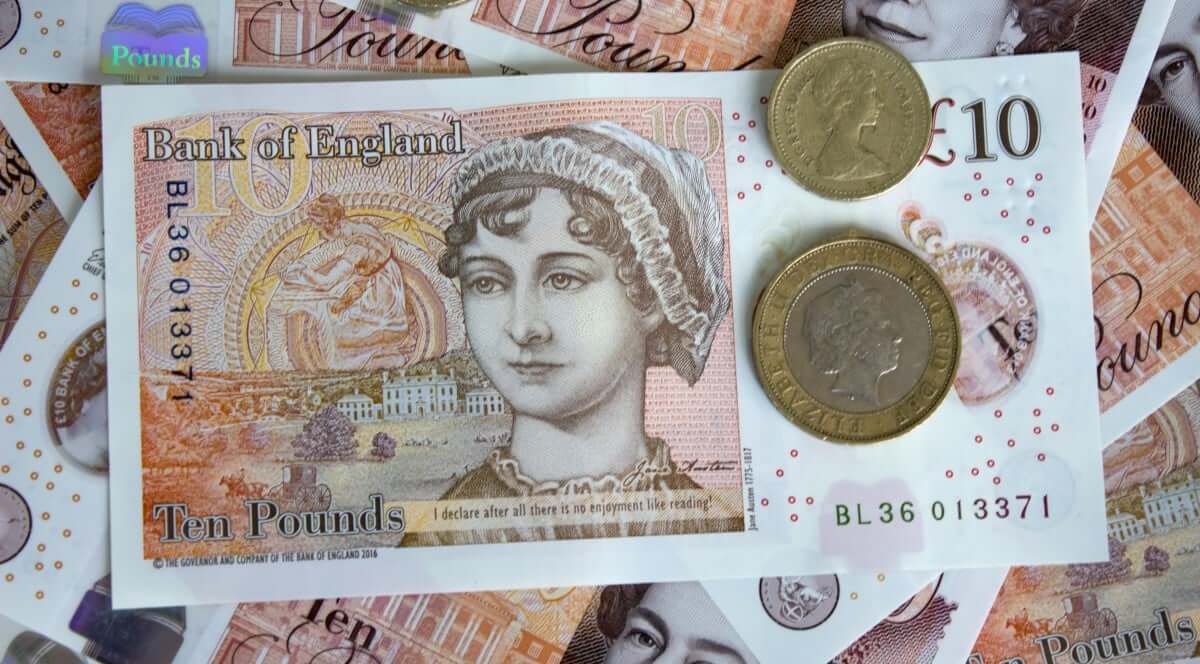
The U.S. dollar firmed on Tuesday. What about the sterling?
The U.S. currency remained steady today. The dollar index traded flat at 103.36 against the basket of six major currencies. However, the greenback climbed up by 0.1% versus the euro, exchanging hands at $1.0729 per EUR at last.
The British pound also plummeted on Tuesday, along with the common currency. Investors contemplated current banking stress, believing that the U.S. Federal Reserve and the Bank of England wouldn’t increase interest rates much. Both central banks have a meeting scheduled later this week. While hiking rates are the most convenient solution against soaring inflation, the countries have bigger concerns to consider currently. That’s especially true for the United States, as its two regional banks collapsed last week, causing much turmoil in the markets.
Traders are still fretting over the banking sector’s fate. Due to negative sentiment, U.S. lender First Republic shares plummeted by almost 50% in the previous session. Market participants expected it to require a second rescue. Despite such a bleak view, European banks managed to surge forward today, ending the session with gains for a second straight day. Such a development alleviated some of the traders’ concerns. UBS Group took over Credit Suisse, contributing to some of these worries.
The investors’ focus is on the central bank meetings, though. According to polls, there’s a 25% chance that the U.S. central bank will maintain its current rates on Wednesday and a 75% chance that it will hike rates by a 25-basis point.
What do the analysts say?
John Velis, the FX and macro strategist for the Americas at BNY Mellon, noted that asset markets have been especially volatile recently. That has somewhat confused traders while trying to forecast the Federal Reserve’s March meeting results. As a result, they repriced some of those expectations, especially ones concerning future rates. Velis added that markets expected to peak at 5.5% only a few weeks ago, but now traders are pricing in about a 4.8% hike.
It’s not surprising that the greenback also declined. The risk-off mood in financial markets helped it, though. Thanks to it, the dollar isn’t facing a broader sell-off. Moreover, the dollar rallied by 0.66% versus the second safe-haven currency – the Japanese yen. It exchanged hands for 132.18 yen. On Friday, the currency suffered its biggest daily drop against the Japanese currency in more than two months.
Meanwhile, Tuesday’s British pound tumbled by 0.35% to $1.2234. Investors expect the U.K. data to show on Wednesday that inflation is slowing. However, the global financial market is still unstable. Thus, forex markets are currently pricing in a 50% chance of the BoE maintaining its monetary policy on Thursday. However, it has the same chance of delivering a 25 basis-point hike.
According to new data, the U.K. experienced a 16.68 billion pound budget deficit last month. That is a much higher figure than analysts expected.
The Norwegian crown rallied. Why’s that?
On Tuesday, the Norwegian crown jumped by 0.35%. It exchanged hands at 10.6120 per dollar, at last. The currency plummeted last week, hitting its lowest level since early October. However, investors think Norway’s central bank will hike its benchmark interest rate by 25 bps to 3% in its next meeting this week. The bank aims to hinder rising inflation and boost the declining currency. As interest rate hikes from the central bank usually result in a surge of its currency, the crown might add some gains in the coming days.
Meantime, minutes from the Australian bank’s meeting showed that it decided to consider pausing hiking rates at its April meeting. Consequently, the Aussie dollar shaved off 0.55% to $0.6681. Alvin Tan, the head of Asia FX strategy at RBC Capital Markets, noted that investors remain nervous. Still, policymakers responded rapidly to the banking crisis, which somewhat elevated those fears.
In Asia, the Sri Lankan rupee soared by 5% against the dollar. The country got the International Monetary Fund’s approval to finance it. Most emerging Asian currencies gained, as well. In addition, equities climbed higher today. The Malaysian ringgit surged forward while most of its peers added only small amounts. The Indonesian rupiah remained firm, but the Philippine peso dropped lower. The Singapore dollar also declined by 0.2%. The Chinese yuan also remained flat after dropping earlier in the session.




